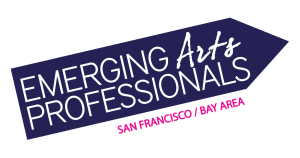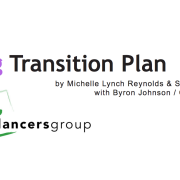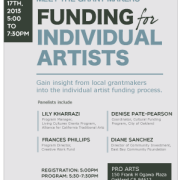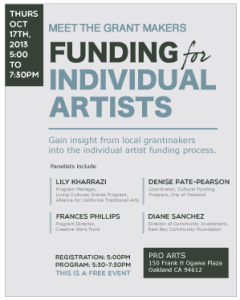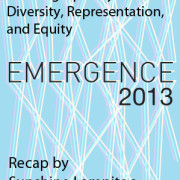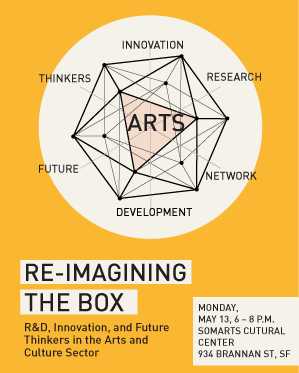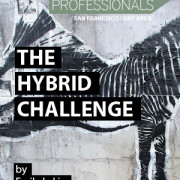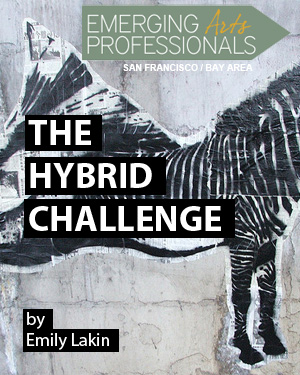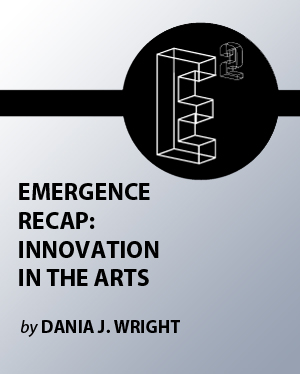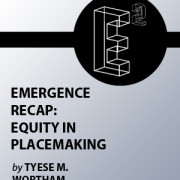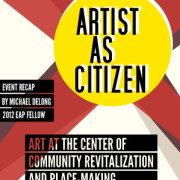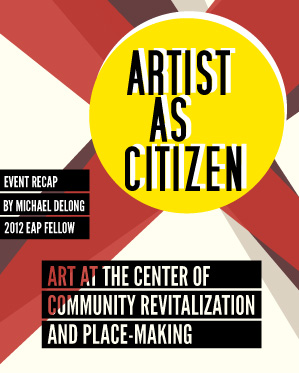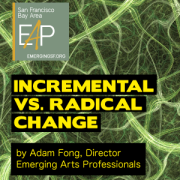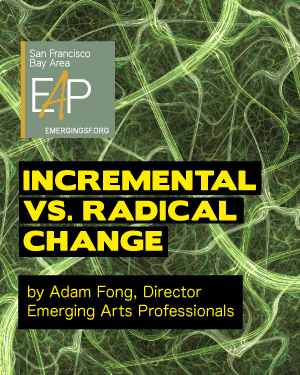Transition Planning for All
This past spring, Dancers’ Group completed a Living Transition Plan, a two-part document that looks to provide guidance and strategies for the organization to be resilient in the face of any future staff changes, and to serve as a resource for other entities to use as a template in their own transition planning.
The process to create our Living Transition Plan started in the fall of 2014 with funding from the Center for Cultural Innovation, as part of their NextGen Arts Leadership Initiative grant program for organizational support. When considering a project for this initiative, we asked ourselves:
If the executive director, or any vital staff, were to spontaneously combust or otherwise disappear from Dancers’ Group, what would we need to successfully lead the organization? What skill or knowledge gaps do we have? What new opportunities would this bring forward?
From these initial seeds, we crafted an idea for a staff-led transition plan.
Dancers’ Group is a hybrid service organization and presenter of performance opportunities whose mission is to promote the visibility and viability of dance. Our vision is one where dance is situated at the center of civic life and the ecosystem of the San Francisco Bay Area dance community is diverse, resilient, and artistically vibrant. I joined Dancers’ Group as its Program Director in 2012 and have a couple of years left (eek!) before I officially age out of being what the Center for Cultural Innovation would label a “NextGen Arts Leader” – those under the age of 35. I am also an alumnae of EAP’s fellowship program (2010-2011 cohort) and currently part of the Leadership Team.
It’s unusual for staff—let alone younger staff—to lead transition planning efforts, which are frequently board-driven and embarked upon when a staff change is imminent. Because no changes are on the horizon for Dancers’ Group, the plan is “living,” meaning that we will be revisiting and updating it as new ideas, needs and perspectives emerge.
Dancers’ Group wanted to take this opportunity to imagine a plan that would be useful for us as well as other entities in our vibrant and varied dance ecosystem, and beyond. As part of our identity as a service organization, we are always trying to consider how our internal capacity-building might be reflected out to our ecosystem. Think of what emerged as a workbook. A launching pad.
Below are three key takeaways—guiding principles—excerpted from the plan that we believe can support the transition planning work of dance entities of any shape or size.
Communication is vital. It seems obvious to say and yet it should be said, when change happens at an organization, it is critical be keep stakeholders informed. This communication can take many forms, and a priority will be to preserve and continue trust, even if the voice and primary leader of an organization has changed.
Transitions are emotional. Through any planning process or organizational change, respect and take care of the emotional well-being of those involved. This includes an outgoing staff-person, staff and board still at the organization, and the wide network of stakeholders, partner organizations, and even funders.
Recognize your cultural values. Change of leadership will certainly bring with it cultural changes in the office, impacting staff and the artists served. Dancers’ Group, for example, has developed organizational practices, the collection of which is our culture. Many of these practices came organically through the leadership of executive director Wayne Hazzard, and are further developed through the day-to-day interactions with the entire staff.
Dancers’ Group worked with CompassPoint’s Byron Johnson in the development of the Living Transition Plan, and he introduced us to the term “leaderful” (love it!) in relation to the organization’s staff. To feel leaderful means to be supported and empowered to practice and develop leadership skills. This project provided me a chance to exercise my leadership within Dancers’ Group at a level that was new to me. And, the plan that came out of this work encourages all of us to support leadership across the organization’s staff, in turn leading to greater agility and resilience when it comes time to face transitions big and small.
Download the full Living Transition Plan at dancersgroup.org/research
